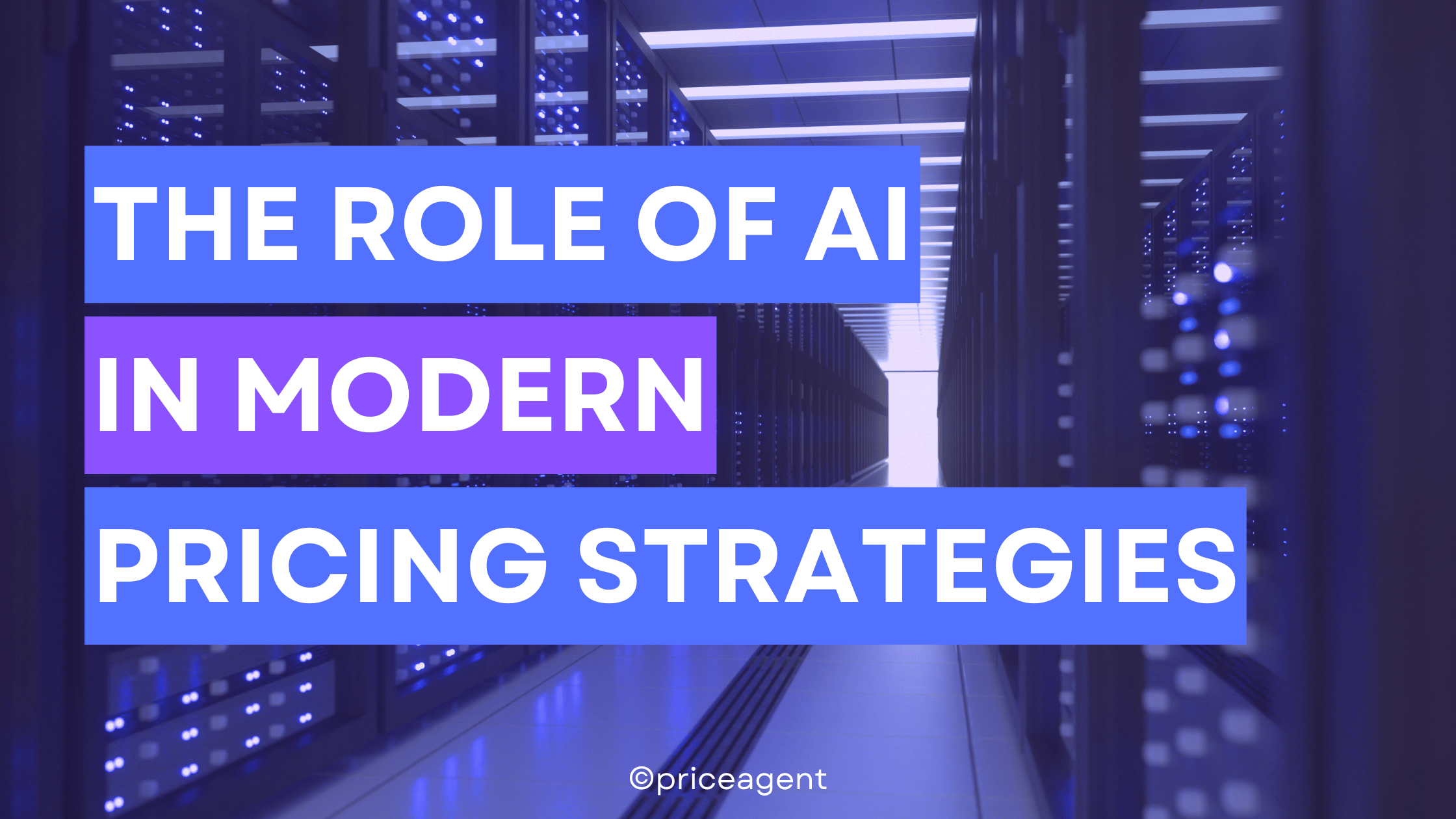The Power of Dynamic Pricing in Boosting Retail Profits
Dynamic pricing is essential in an agile and fast moving world. But what are the ben

In the ever-evolving landscape of the retail industry, where consumer behavior and market dynamics are subject to constant change, the adoption of dynamic pricing has emerged as a powerful strategy for retailers. Dynamic pricing goes beyond the traditional fixed pricing models, offering a responsive and agile approach that can significantly impact a retailer's profitability. In this article, we will explore the concept of dynamic pricing, its benefits, strategies, and how it can be a game-changer for retail businesses.
Understanding Dynamic Pricing
Dynamic pricing, often referred to as surge pricing or real-time pricing, involves adjusting the prices of products or services based on various factors such as demand, time, and competitor pricing. Unlike static pricing models, dynamic pricing allows retailers to adapt quickly to changes in the market, optimizing prices for maximum revenue.
Benefits of Dynamic Pricing
Maximizing Revenue: One of the primary benefits of dynamic pricing is the ability to maximize revenue. By adjusting prices based on demand and other factors, retailers can capture the optimal value that customers are willing to pay.
Competitive Edge: Dynamic pricing enables retailers to stay competitive by responding to changes in the competitive landscape. Monitoring competitor prices and adjusting accordingly helps maintain a competitive edge.
Inventory Management: Efficient dynamic pricing strategies can also aid in inventory management. By adjusting prices based on inventory levels, retailers can clear excess stock and minimize losses.
Customer Satisfaction: When prices align with customer expectations and market conditions, it enhances customer satisfaction. Customers are more likely to make purchases when they perceive they are getting value for their money.
Common Dynamic Pricing Strategies
Time-based Pricing: Adjusting prices based on the time of day, week, or season. For example, offering discounts during off-peak hours to attract more customers.
Demand-based Pricing: Responding to changes in demand by adjusting prices. Higher prices during peak demand and lower prices during periods of lower demand.
Competitor-based Pricing: Monitoring and adjusting prices based on the pricing strategies of competitors. This ensures competitiveness in the market.
Real-world Examples
Amazon: The retail giant is a prime example of effective dynamic pricing. Amazon adjusts prices in real-time based on factors like demand, competitor prices, and even a user's browsing history.
Uber:Uber's surge pricing is a well-known example of dynamic pricing in action. Prices increase during periods of high demand, encouraging more drivers to be available.
Challenges and Solutions
While dynamic pricing offers substantial benefits, challenges such as pricing transparency, customer perception, and algorithmic biases need to be addressed. Transparent communication about pricing strategies and regular algorithm audits can mitigate these challenges.
Implementing Dynamic Pricing Software
The implementation of dynamic pricing is significantly aided by advanced technologies. Dynamic pricing software automates the process, providing real-time data analysis, competitor monitoring, and algorithmic adjustments. Retailers should carefully select software that aligns with their business needs and goals.
Best Practices for Retailers
Regularly monitor market changes.
Keep a close eye on competitor pricing.
Leverage customer data for personalized pricing.
Implement safeguards to prevent algorithmic errors.
Future Trends in Dynamic Pricing
The future of dynamic pricing holds exciting possibilities, with advancements in machine learning and artificial intelligence. Predictive analytics, personalized pricing, and deeper integration with customer relationship management (CRM) systems are expected to shape the next phase of dynamic pricing.
Conclusion
Dynamic pricing is more than just a trend; it's a strategic necessity for retailers looking to thrive in today's competitive environment. By understanding customer behavior, market dynamics, and leveraging technology, retailers can harness the power of dynamic pricing to boost profits, stay competitive, and enhance overall customer satisfaction. As we move forward, the adoption of dynamic pricing will likely be a defining factor for success in the retail industry.




